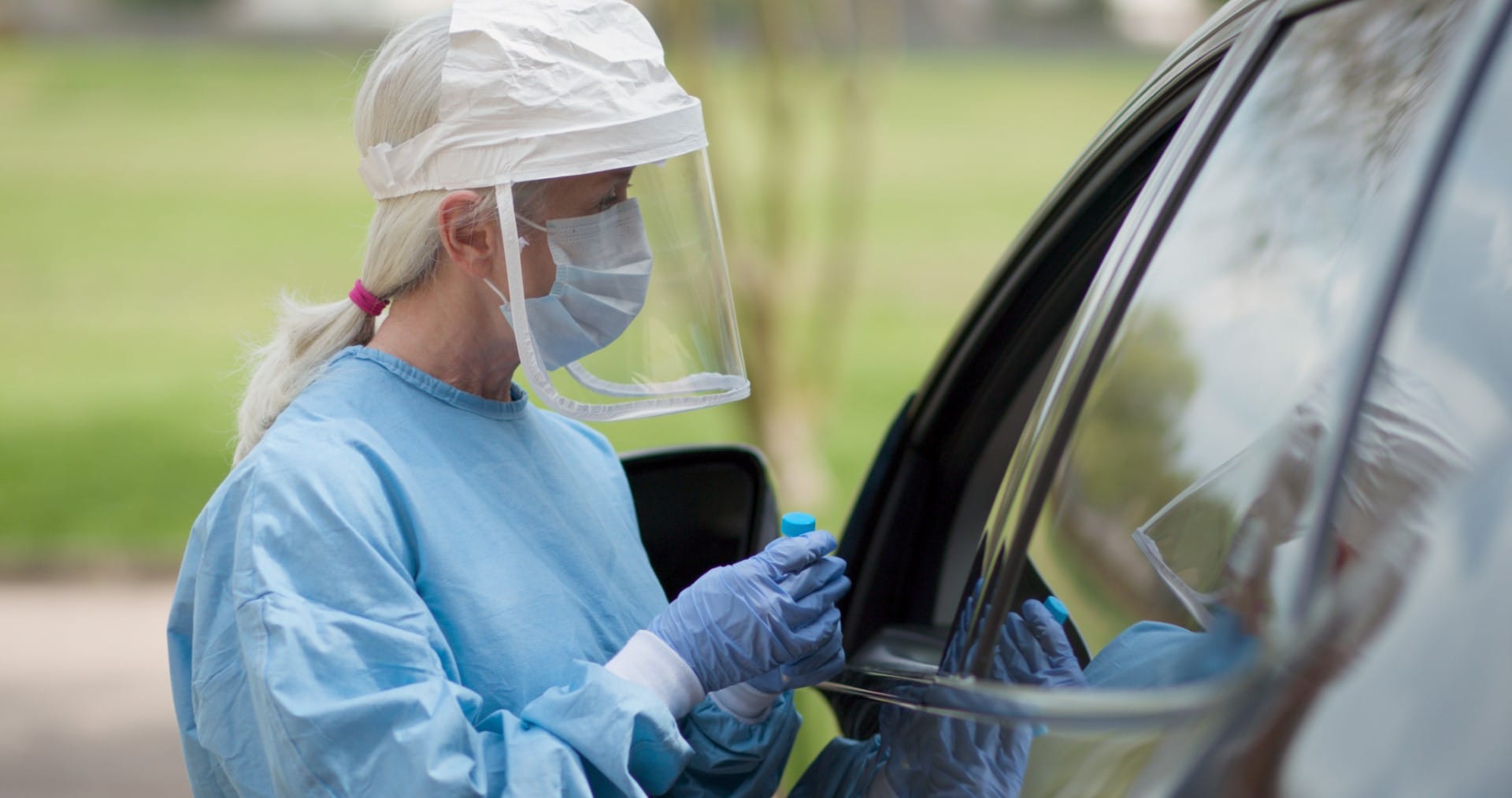
South Florida’s tri-county area added 4,689 coronavirus cases in Saturday’s report, just one day after the region eclipsed 100,000 total cases since the outbreak began.
That daily number is six short of the record 4,695 new cases set in Wednesday’s report.
Saturday’s report from the Department of Health, which covers data from Friday morning to Saturday morning, showed Miami-Dade County adding 2,527 new COVID-19 cases. Broward County added 1,548 new cases, while Palm Beach counted added 614 cases.
Those raw numbers can be driven by testing capacity, however. If the number of tests increases, officials will find more cases.
The share of tests which came back positive also increased day-to-day in Saturday’s report though, showing an increase in testing was not the only driver to the near-record high in daily cases.
As has been noted here on Florida Politics — save one exception earlier this week — the overall death rate continues to dip in the region as the virus spreads mostly among younger Floridians.
Broward’s death rate among Florida residents dropped from 1.66% in Friday’s report to 1.63% Saturday. The past few days, Broward’s death rate has begun trending below the state average, which sat at 1.67% in Saturday’s report. Previously, all three major South Florida counties had a death rate exceeding the state’s overall rate.
That’s still the case in Miami-Dade and Palm Beach counties. Miami-Dade’s overall death rate dropped from 1.94% in Friday’s report to 1.88% Saturday
Palm Beach remains well above that number. The death rate there fell from 3.08% in Friday’s report to 3.02% Saturday.
All three counties do appear to be exhibiting a faster day-to-day drop than the statewide number. The median age for new cases in South Florida also continues to hover in the late-30s to early-40s.
More than 3,000 individuals have been hospitalized in the region with a primary diagnosis of COVID-19, according to newly-released data from the state. Miami-Dade has 1,597 hospitalizations as of 12:31 p.m. Saturday. The Broward number sits at 1,005, while 595 have been hospitalized in Palm Beach.
Some South Florida hospitals have been strained by the increase in patients. Nine Broward hospitals have their intensive care unit (ICU) beds filled to 90% capacity or above, with two at full capacity. In Palm Beach, five hospitals are at that 90%-or-above mark, with two at full capacity.
Miami-Dade County, the largest county in the state, has 15 hospitals with ICU beds at or above 90% capacity. Nine hospitals in the county have no ICU beds currently available.
Earlier this week, the state agreed to send 100 emergency health care workers — including around 75 ICU-ready nurses — to assist the Jackson Health System in Miami-Dade.
Week-to-week data shows the spread worsening in the region. Here are the weekly numbers for the previous two weeks throughout the South Florida tri-county area:
Miami-Dade
— June 27-July 3: 1,881 new cases per day, 18.9% positivity rate
— July 4-10: 2,301 new cases per day, 21.4% positivity rate
Broward
— June 27-July 3: 786 new cases per day, 13.7% positivity rate
— July 4-10: 1,243 new cases per day, 15.9% positivity rate
Palm Beach
— June 27-July 3: 459 new cases per day, 11.9% positivity rate
— July 4-10: 522 new cases per day, 13.6% positivity rate
___
Editor’s note on methodology: The Florida Department of Health releases new data every morning around 10:45 a.m. The total number reported in those daily reports include the previous day’s totals as well as the most up to date data as of about 9:30 a.m.
Florida Politics uses the report-over-report increase to document the number of new cases each day because it represents the most up-to-date data available. Some of the more specific data, including positivity rates and demographics, considers a different data set that includes only cases reported the previous day.
This is important to note because the DOH report lists different daily totals than our methodology to show day-over-day trends. Their numbers do not include non-residents who tested positive in the state and they only include single-day data, therefore some data in the DOH report may appear lower than what we report.
Our methodology was established based on careful consideration among our editorial staff to capture both the most recent and accurate trends.
